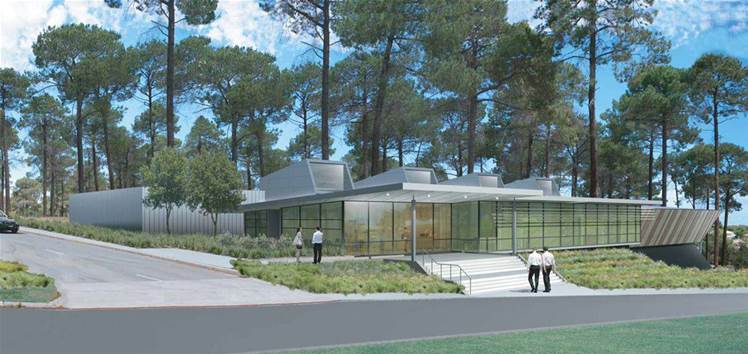The CSIRO has gone to market for a petascale supercomputer that will complete the Government’s $80 million bid to support radioastronomy and other scientific research in Western Australia.

Acting on behalf of supercomputing consortium iVEC, the CSIRO this week issued tender documents for a machine with the processing capabilities of the tenth most powerful supercomputer today.
The machine will be installed in a 1000-square-metre space within the $65 million Pawsey Centre at the CSIRO’s Australian Resources Research Centre in Kensington, Western Australia.
It will be delivered in two stages, with the first concluding in October 2012 and the second in April 2014.
By October, iVEC plans to deliver a 300-TeraFLOP ‘Phase 1 system’ as well as a ‘Real-Time Computer’ (RTC) dedicated to the Murchison Radioastronomy Observatory.
The Murchison Radioastronomy Observatory houses the 36-dish Australian SKA Pathfinder (ASKAP) telescope – the nation’s $100 million test-bed for the international Square Kilometer Array.
CSIRO researchers expect to process some 2.4 gigabytes of data a second from ASKAP. As such, tender documents call for an RTC capable of 200 TeraFLOPS at its peak.
Phase two, expected to conclude in April 2014, will deliver at least a PetaFLOP of processing power. By deferring the upgrade, iVEC hopes to “allow newer technology to be implemented with better price performance”.
The Pawsey supercomputer is one of three to receive a share of the Government’s $80 million Super Science Initiative, announced in 2009.
Two other machines have been purchased: the 87.2 TeraFLOP Epic@Murdoch HP Linux cluster; and a 96-node SGI GPU cluster dubbed Fornax@UWA.
Like Epic (photos), which was launched in June, the Pawsey Centre will invite researchers to apply to use the supercomputer for computationally intensive scientific research.
According to the CSIRO’s latest tender documents, a quarter of Pawsey resources will be used by Murchison radiotelescopes.
Another quarter will be allocated to geosciences research and 30 percent will be made available to iVEC partners including radioastronomy and geosciences projects.
Australian researchers at non-partner organisations will share 15 percent of Pawsey resources under the National Computational Merit Allocation Scheme and the remaining five percent will support pilot or start-up projects.
The request for tender closes on 6 January. Applicants will be shortlisted by 6 Febuary and a final contract will be signed in April.










 iTnews Executive Retreat - Security Leaders Edition
iTnews Executive Retreat - Security Leaders Edition











_(1).jpg&h=140&w=231&c=1&s=0)



